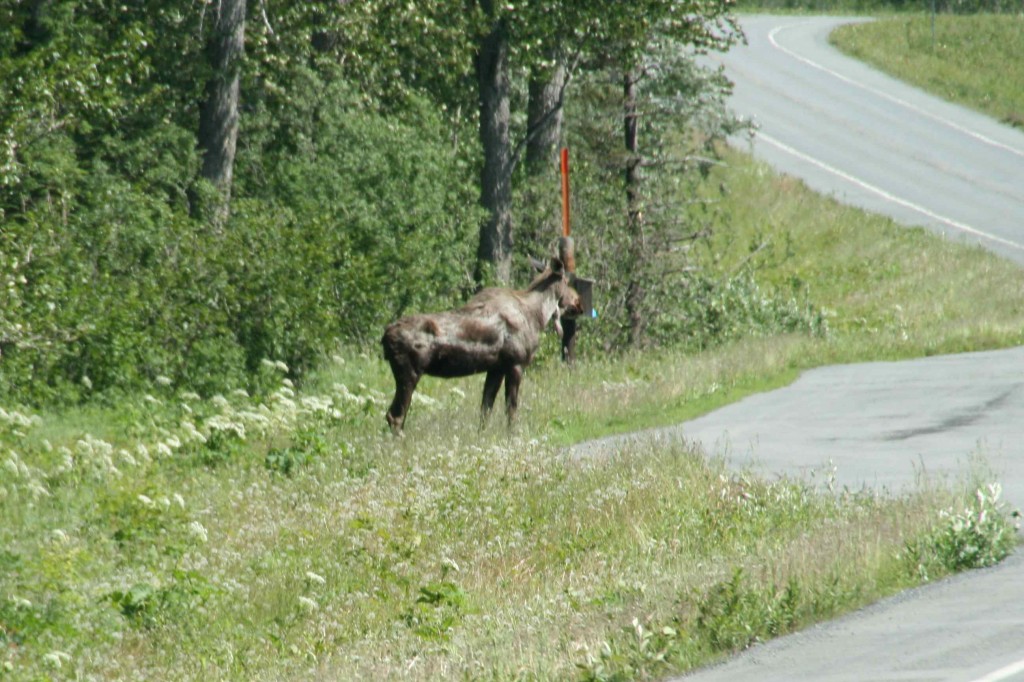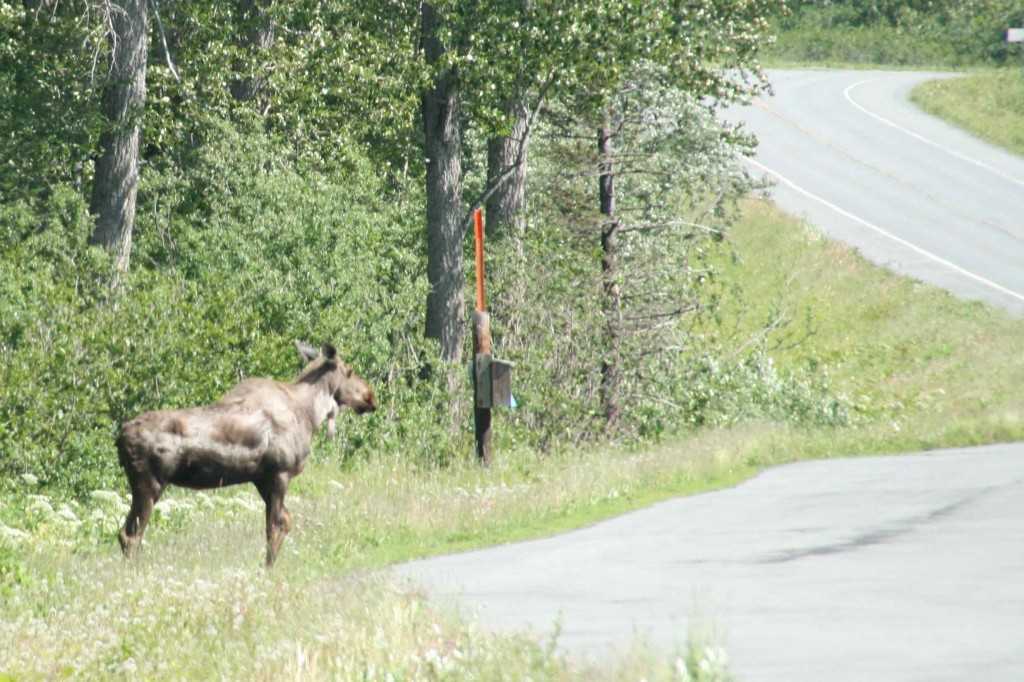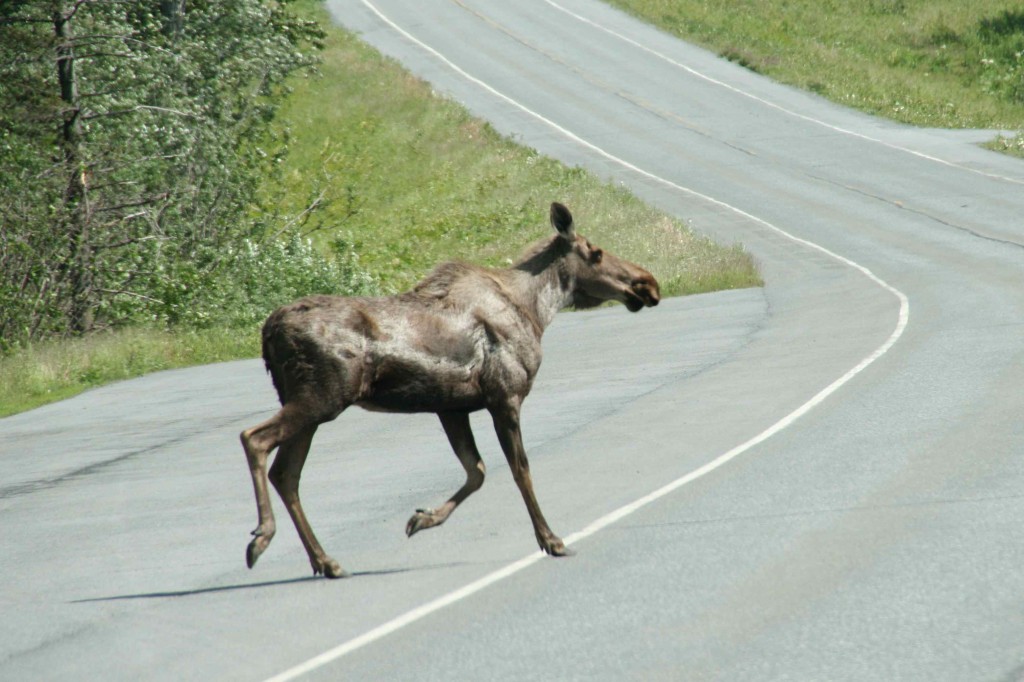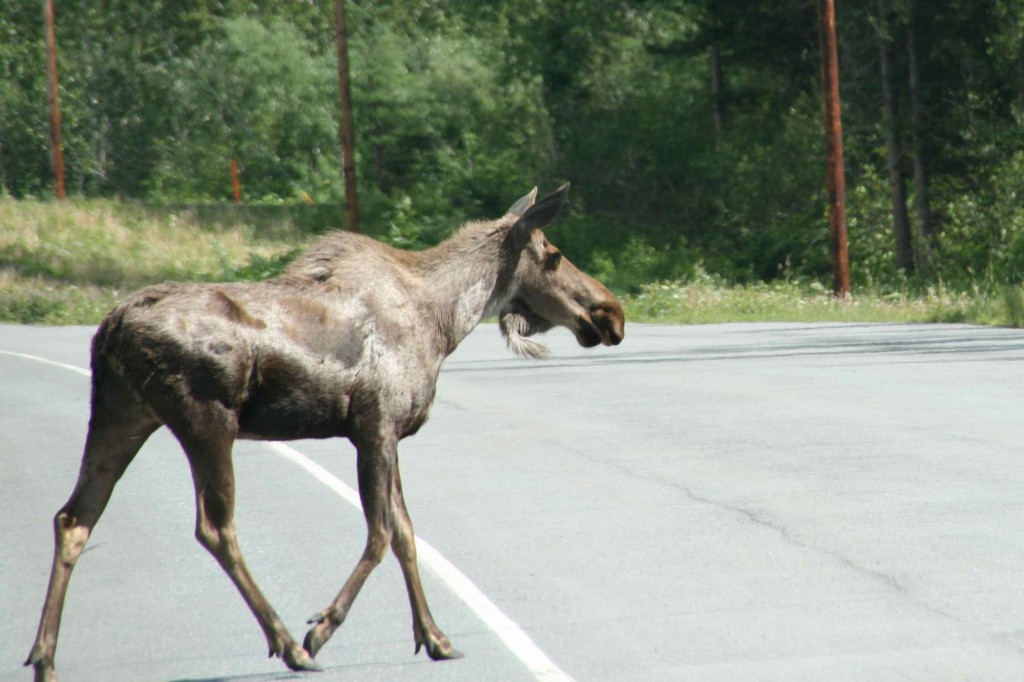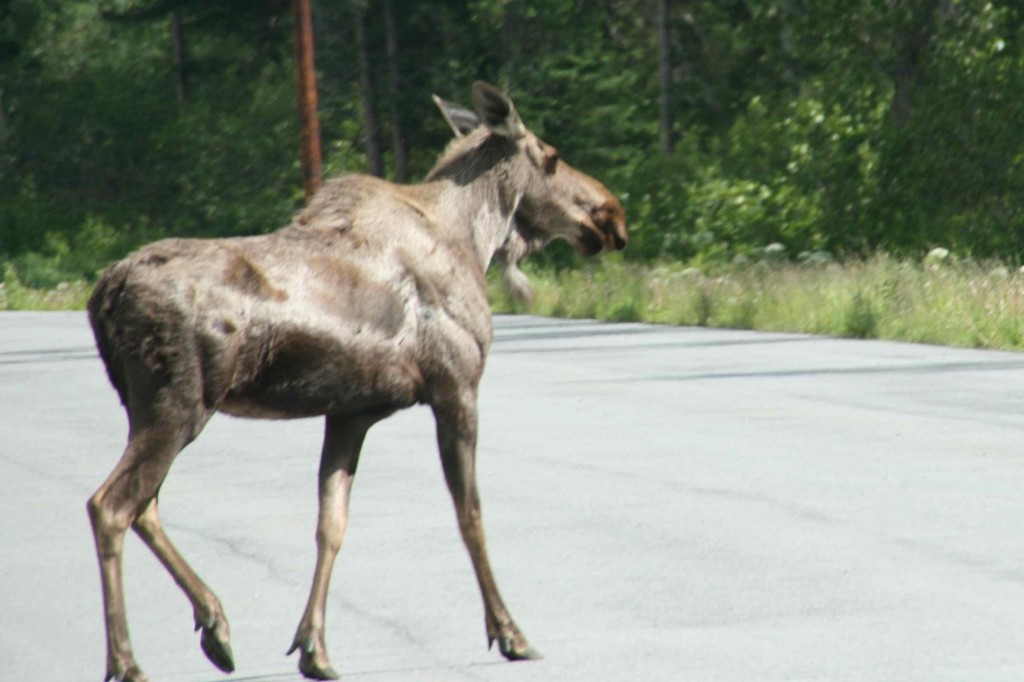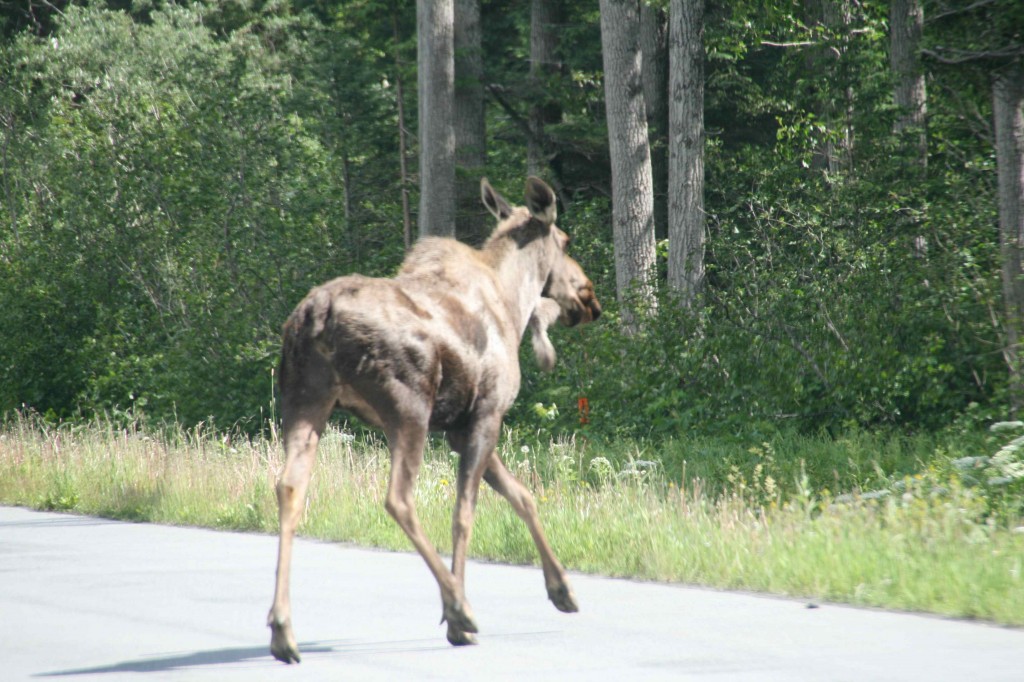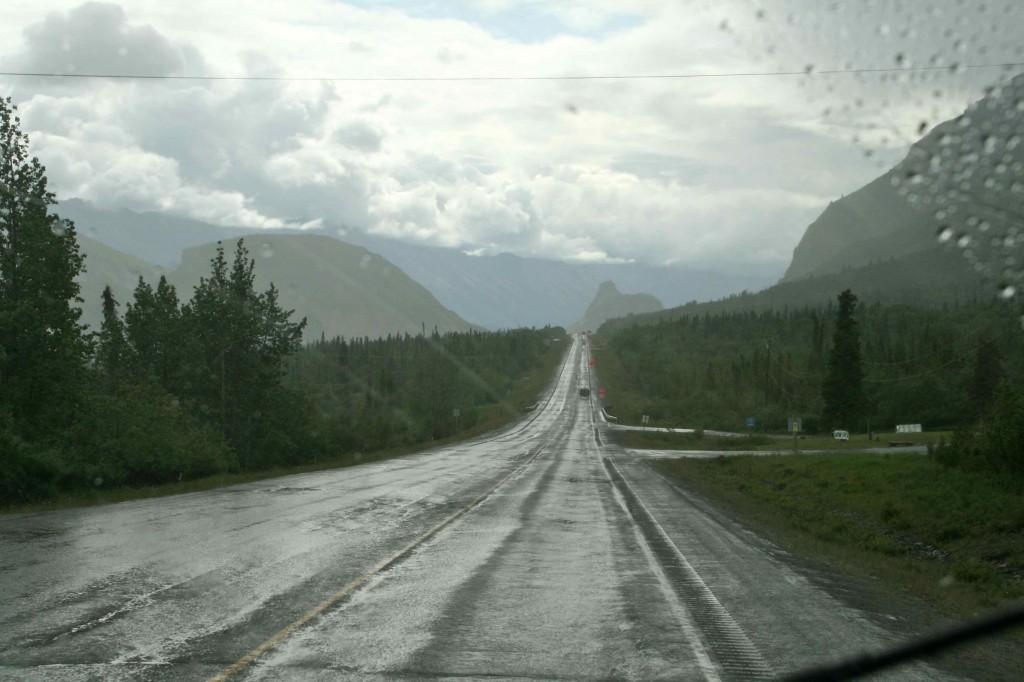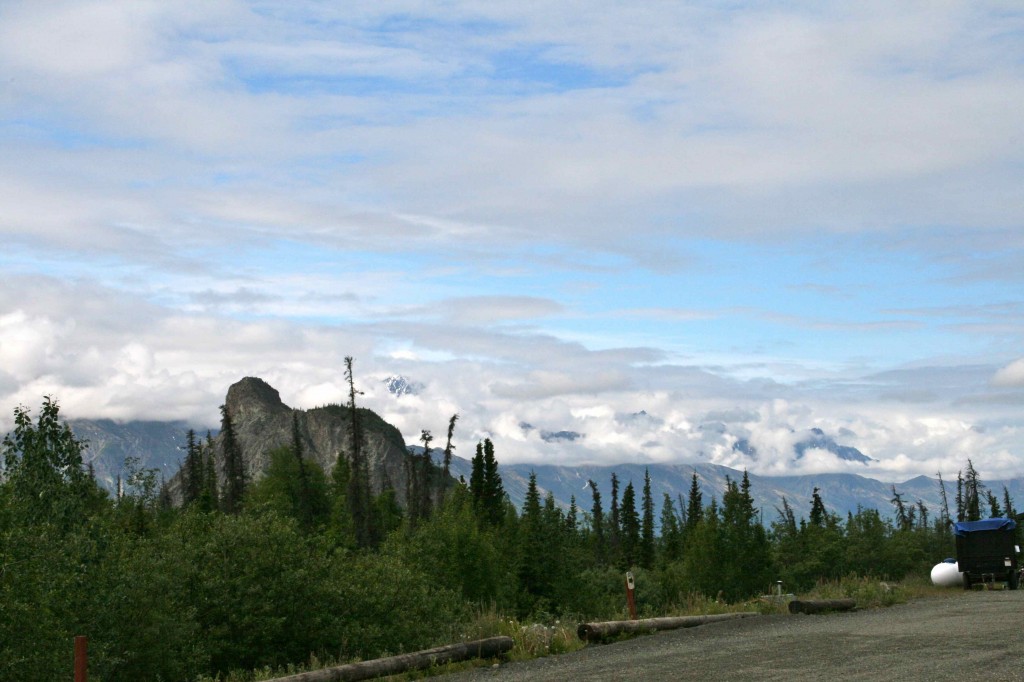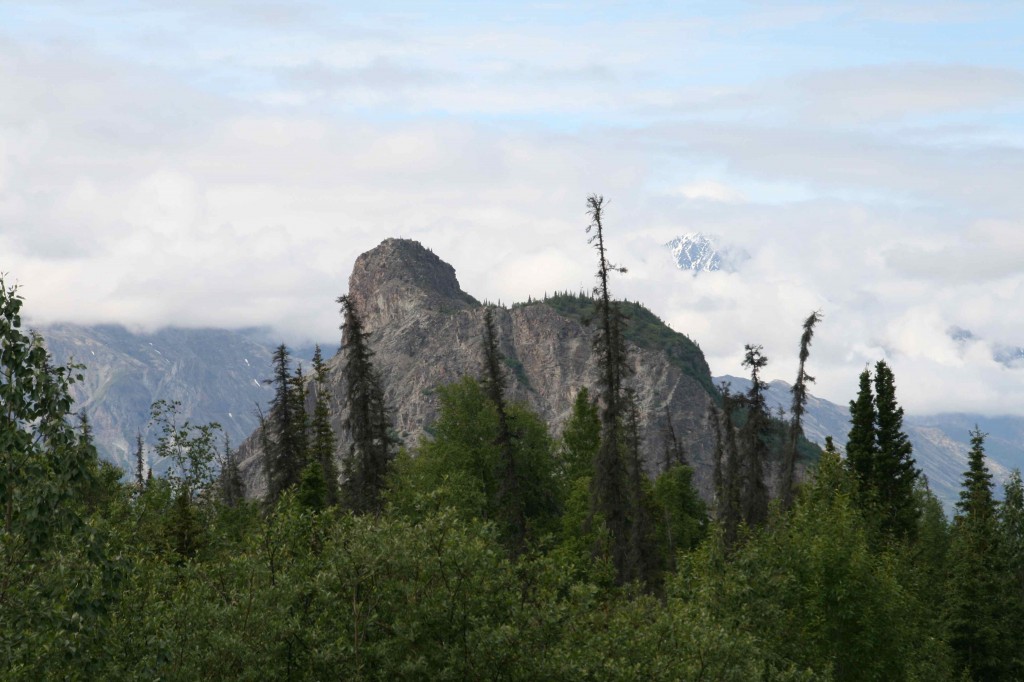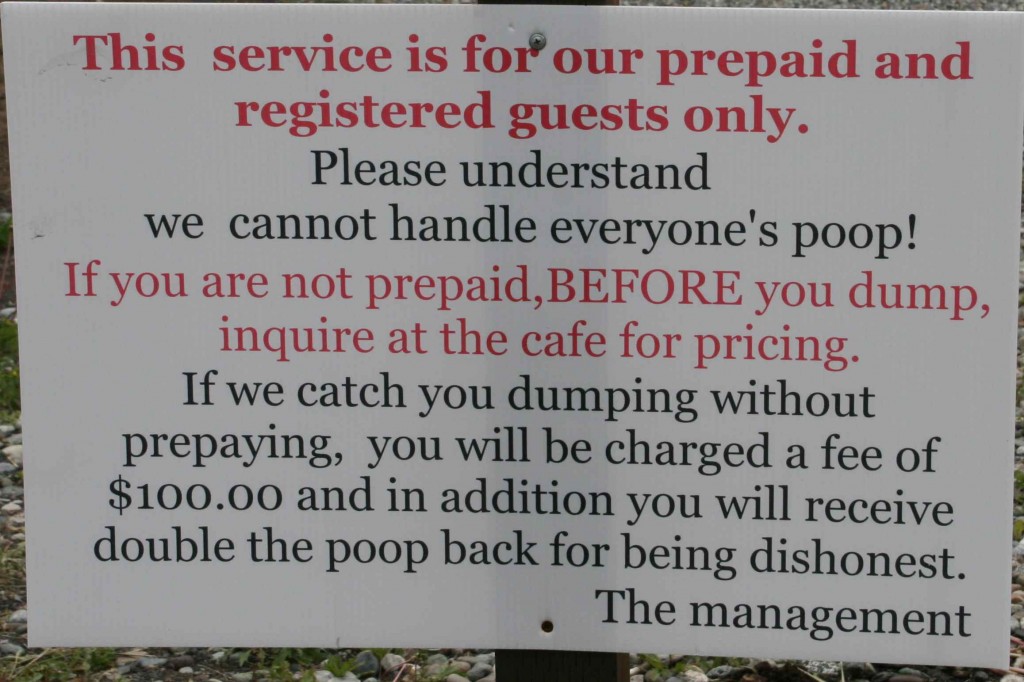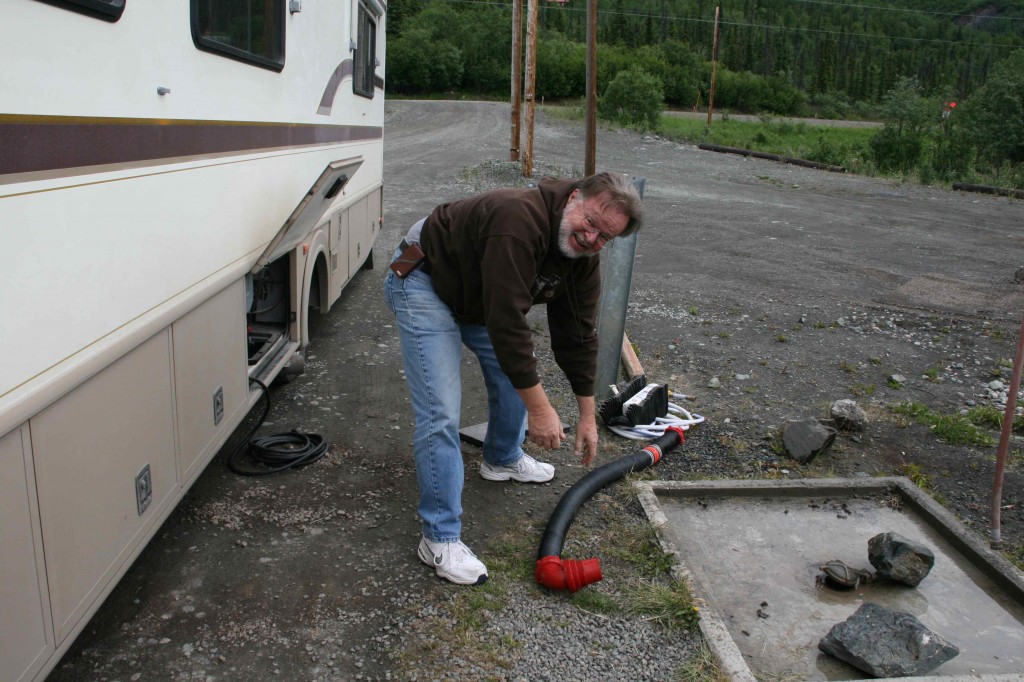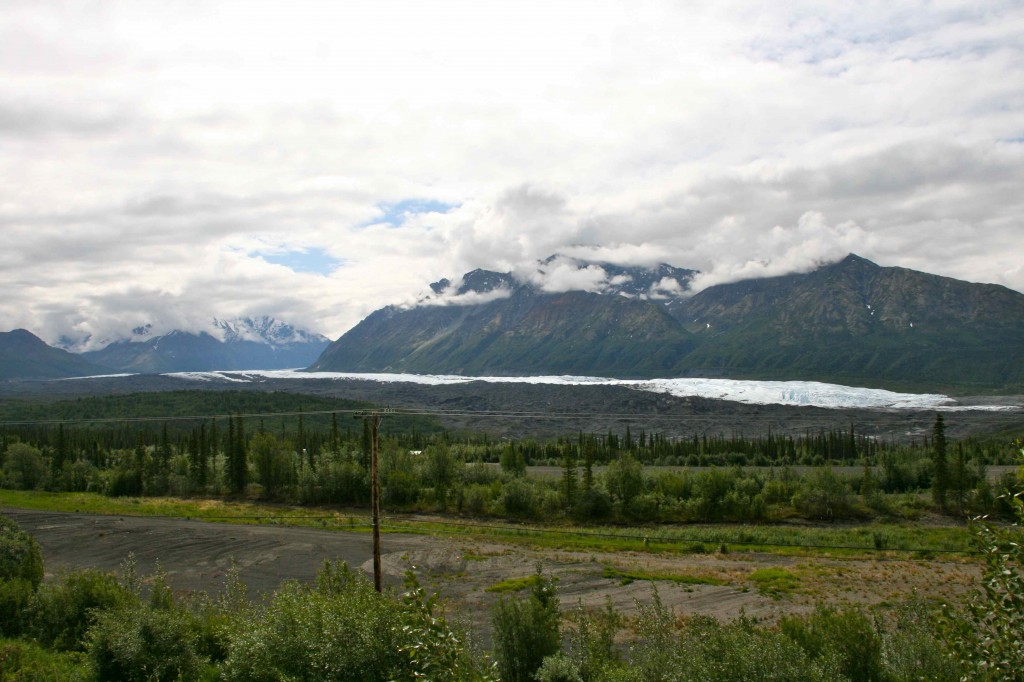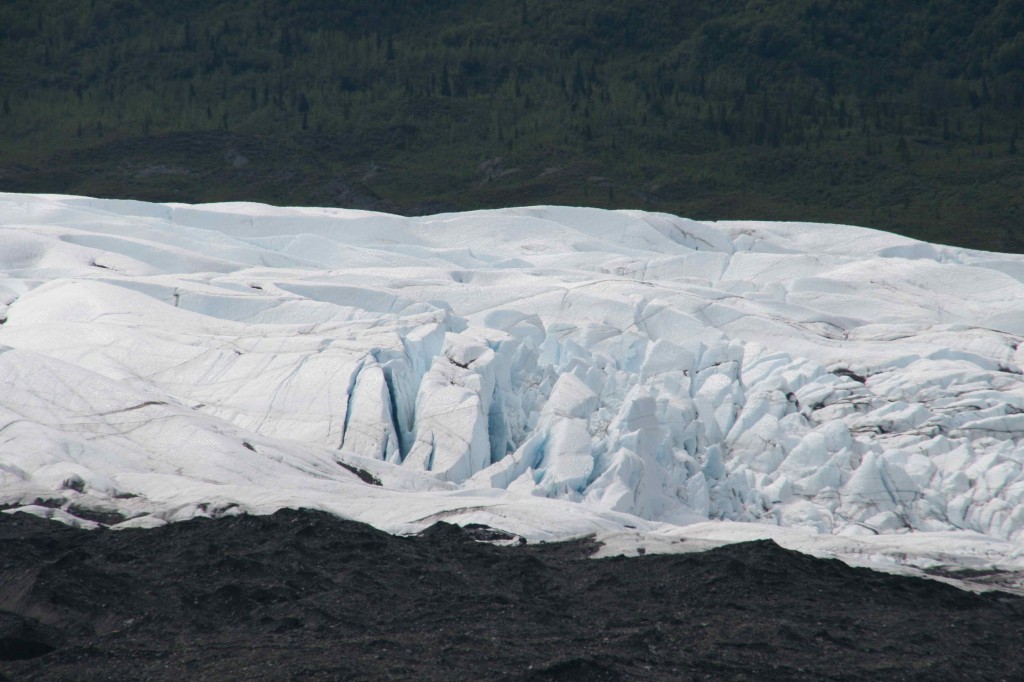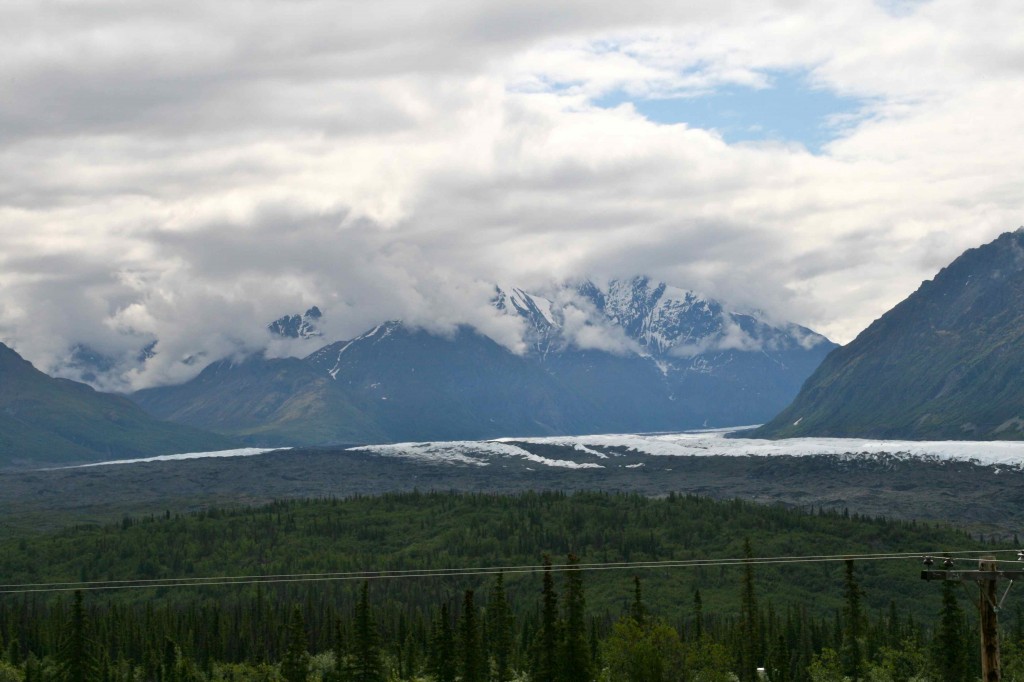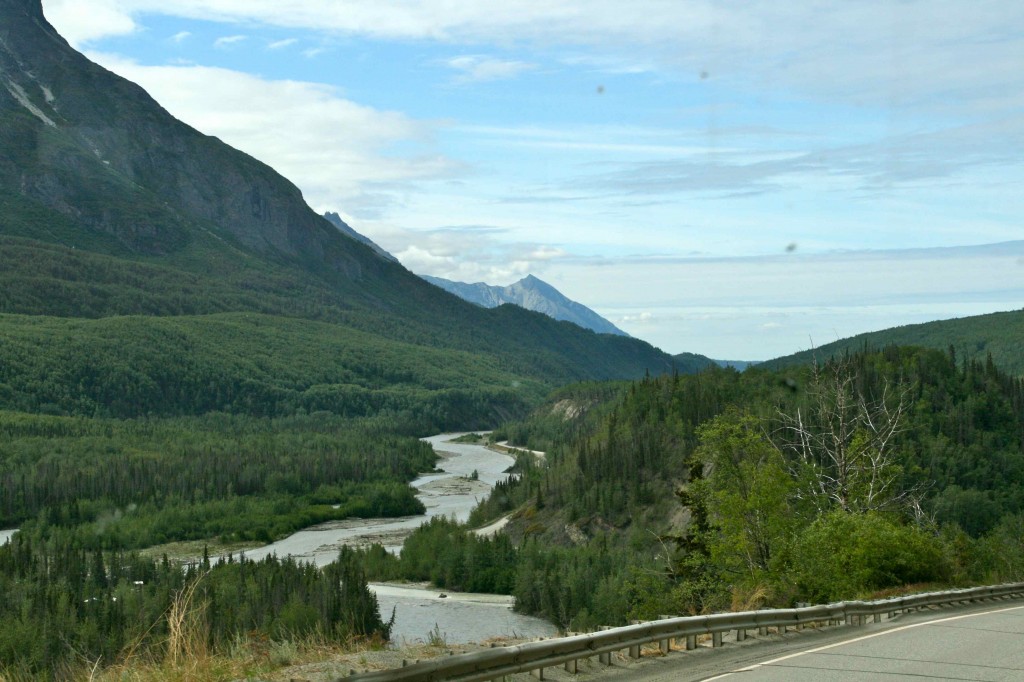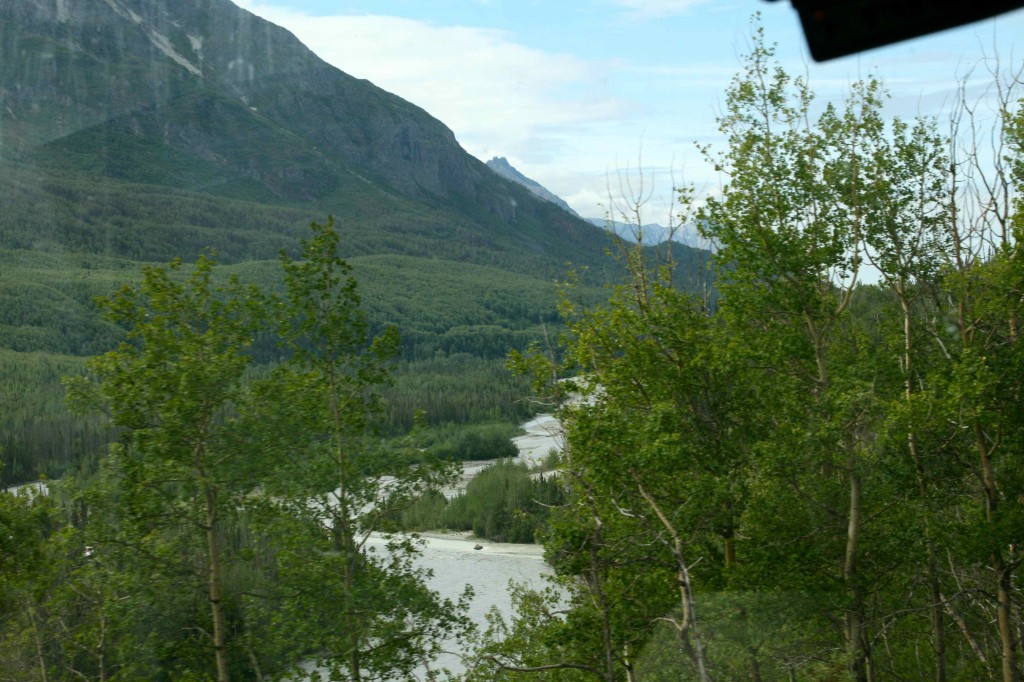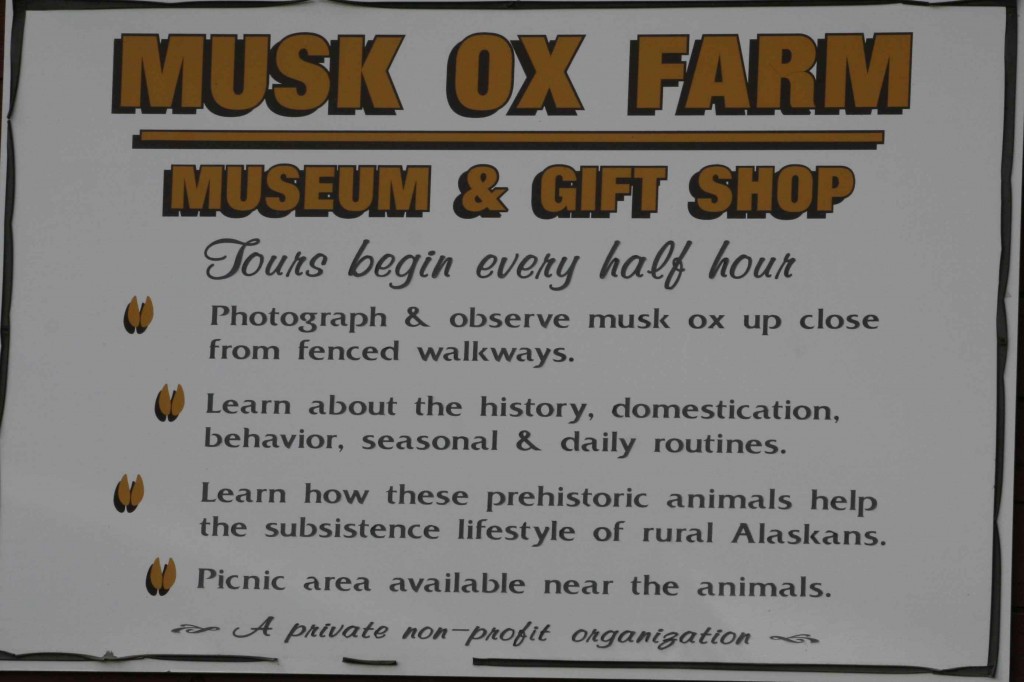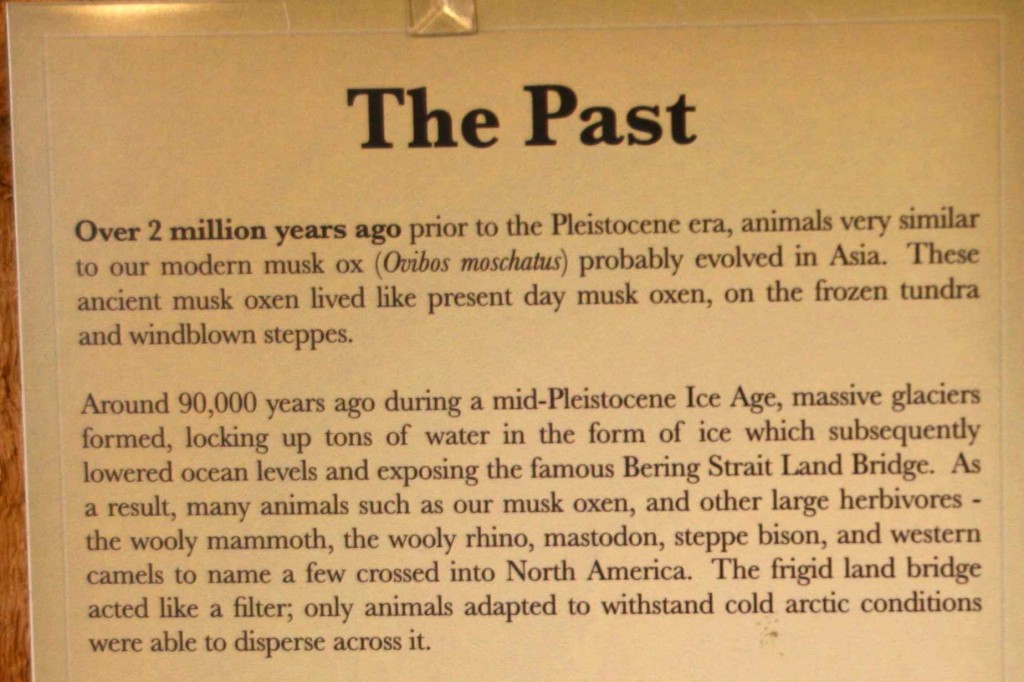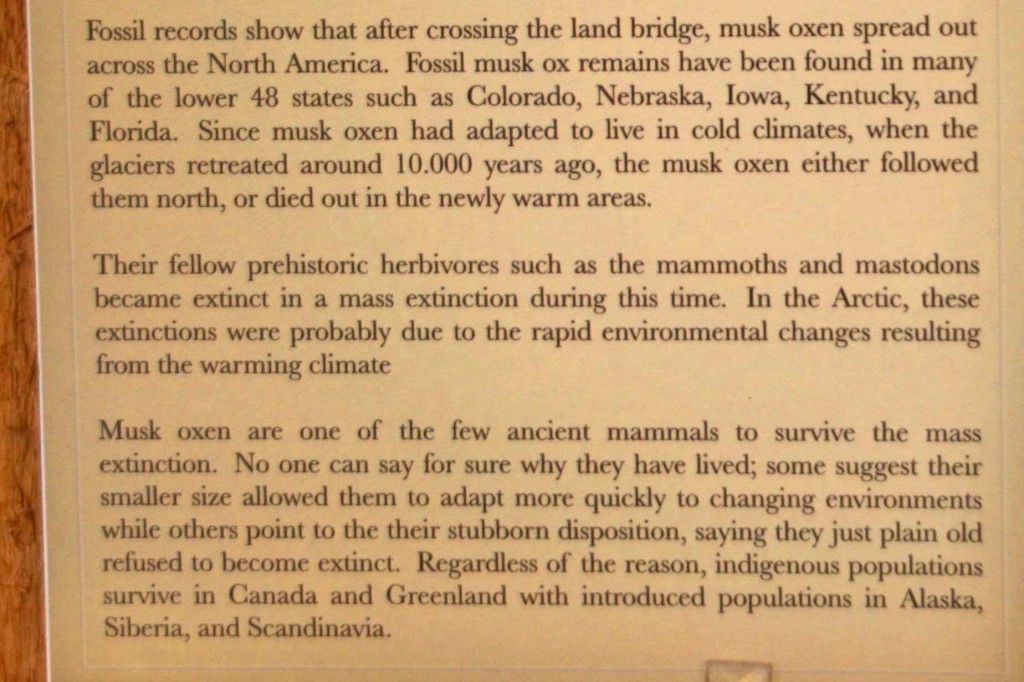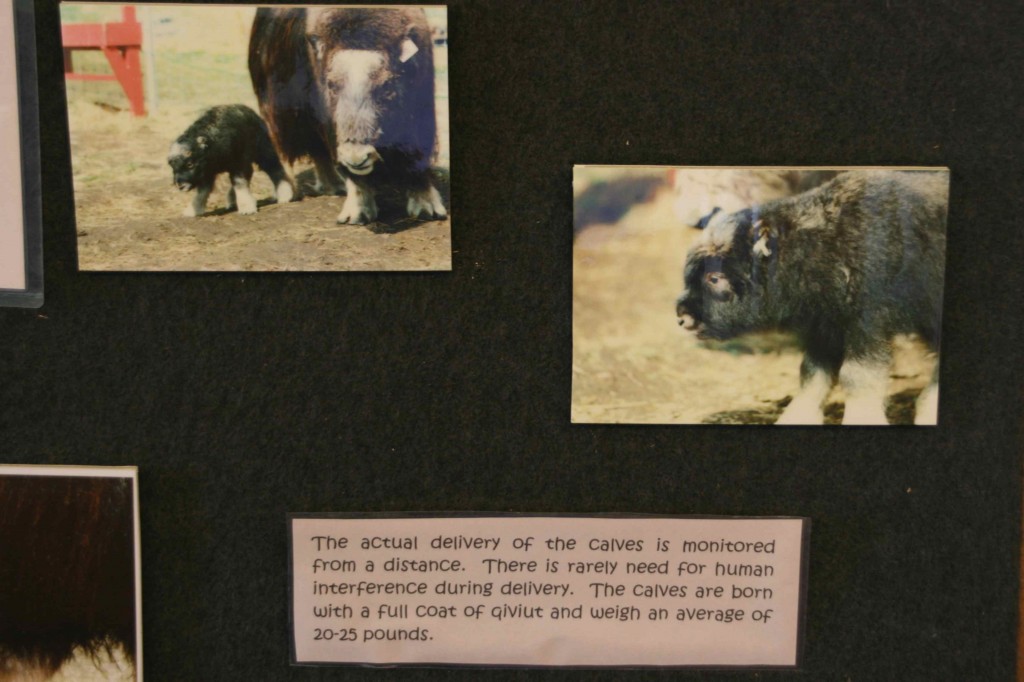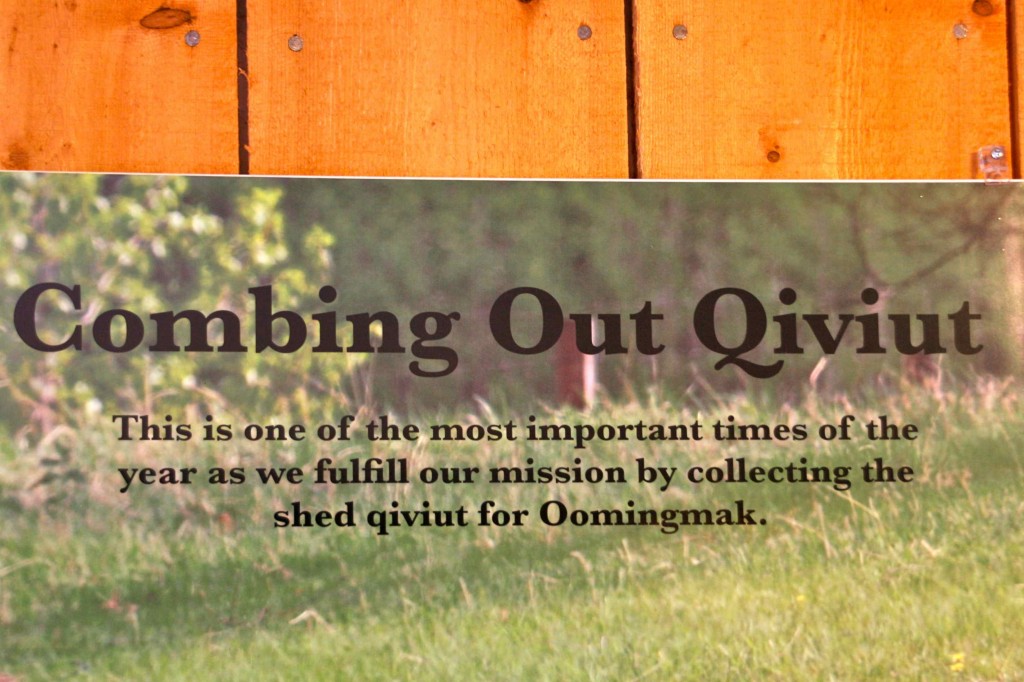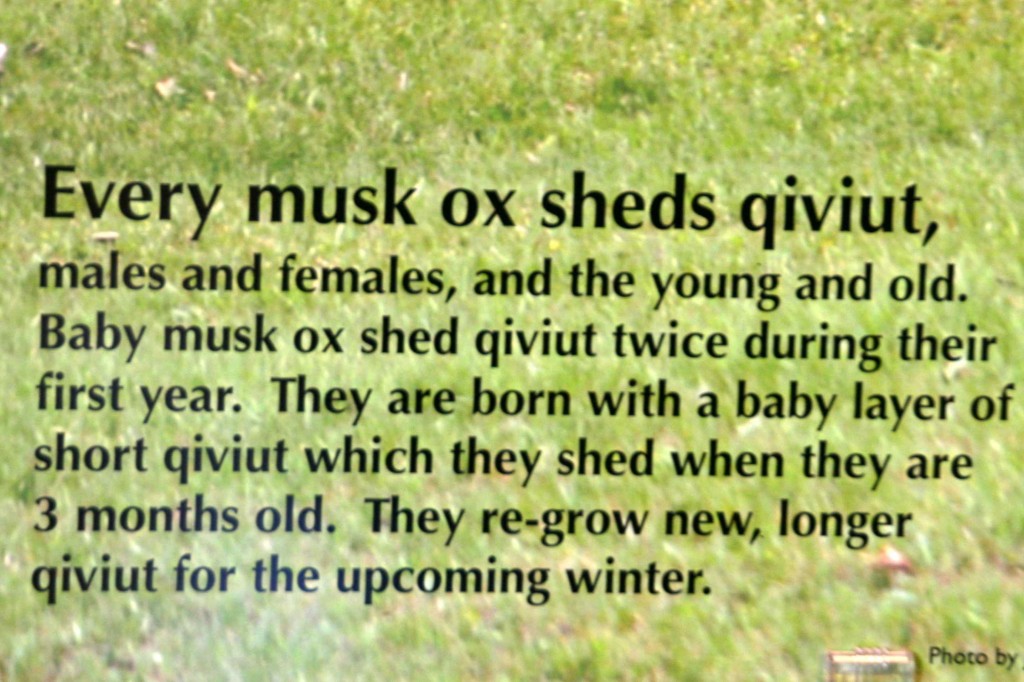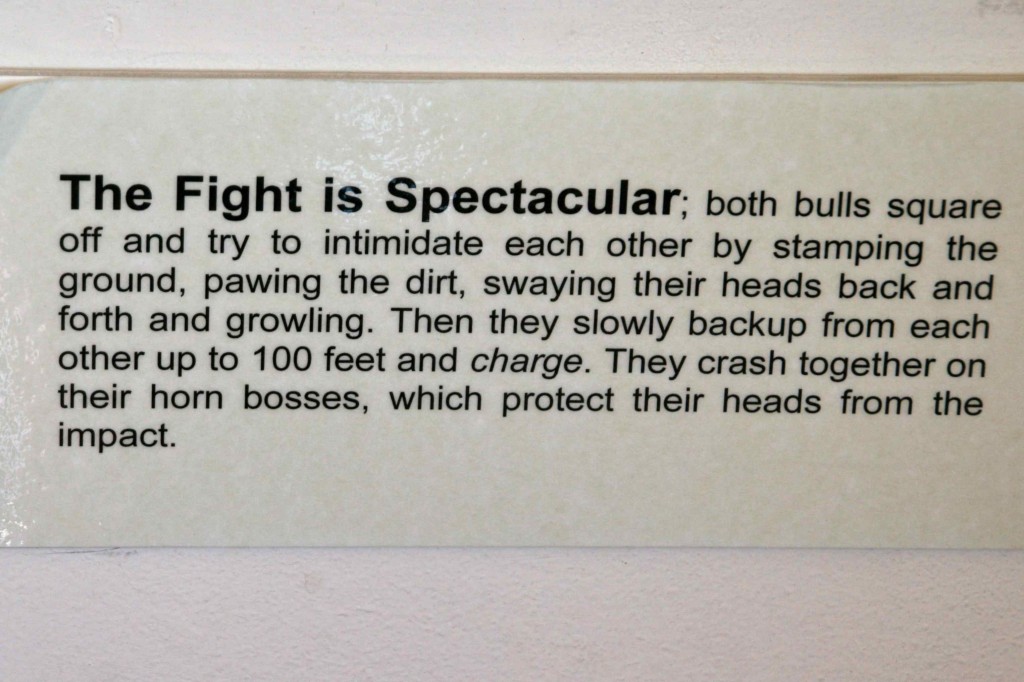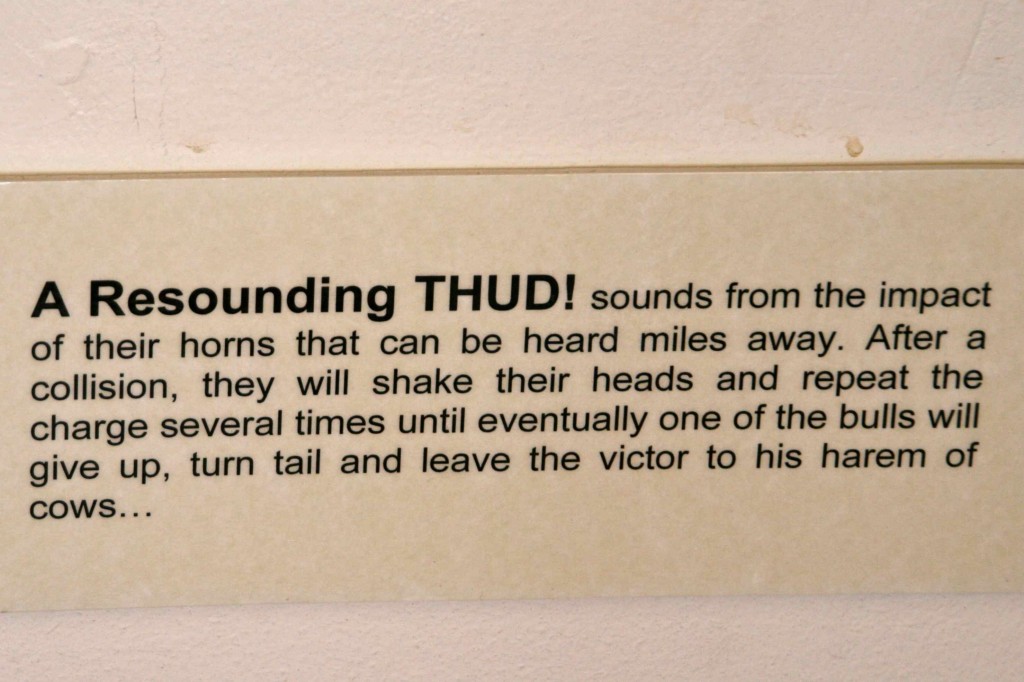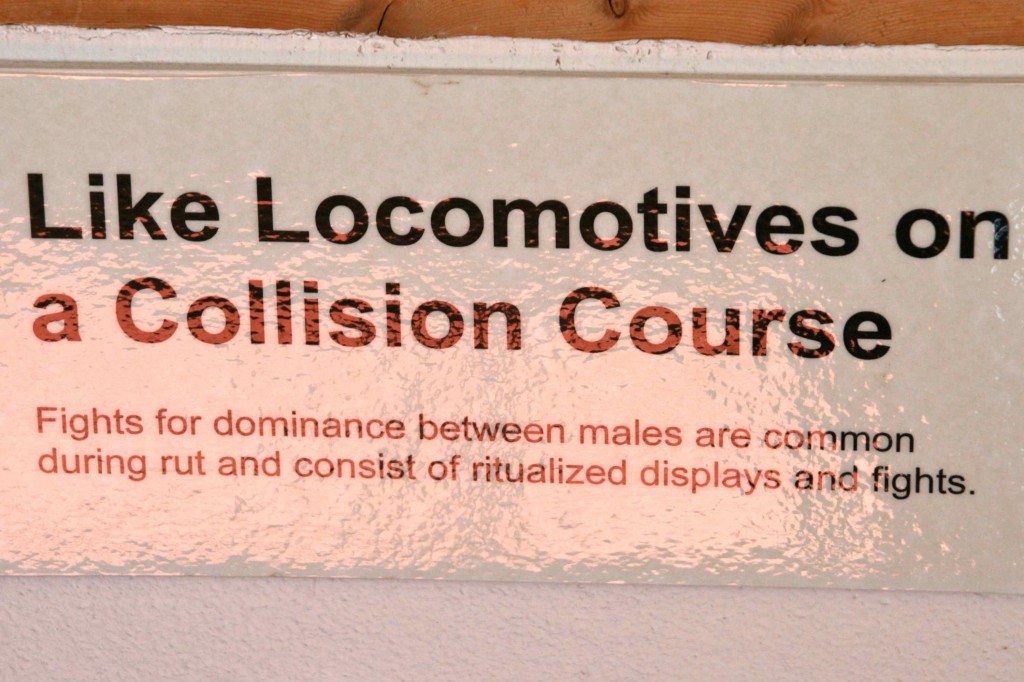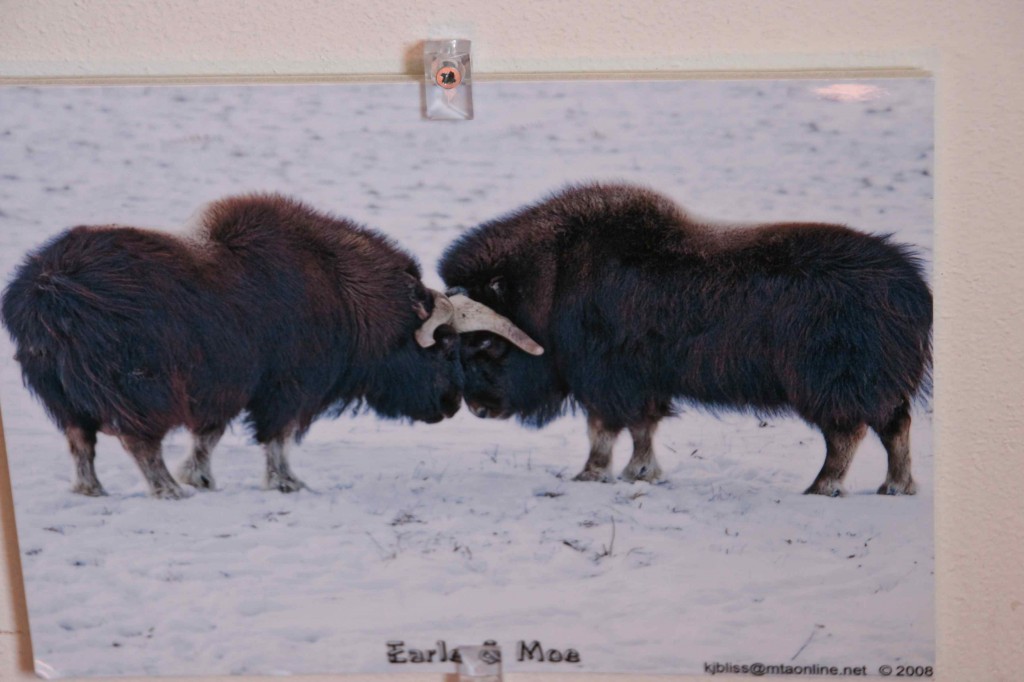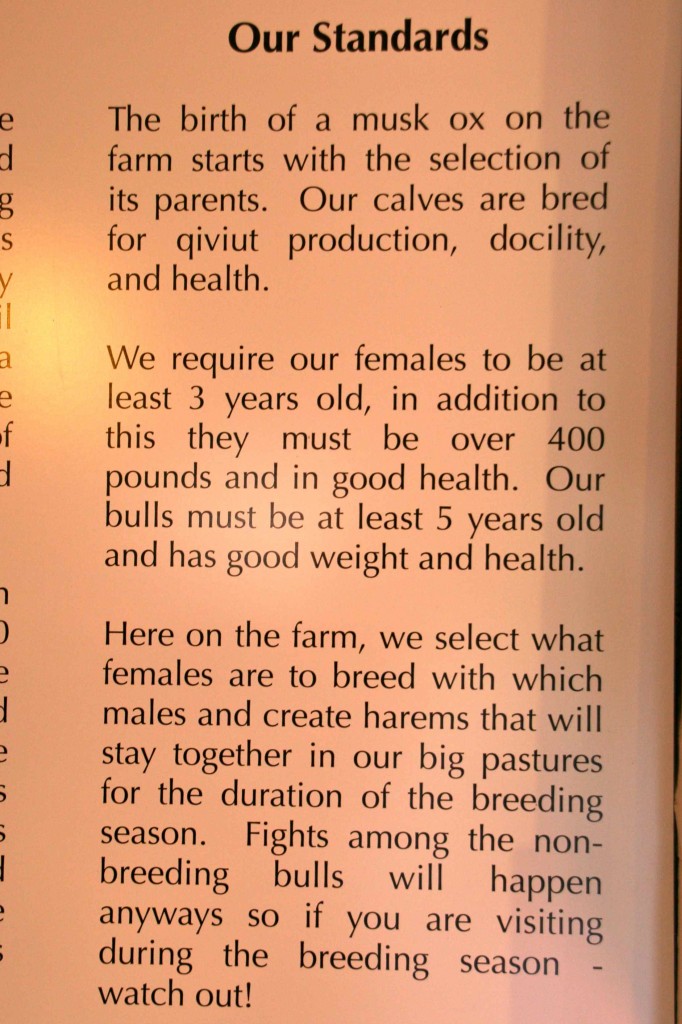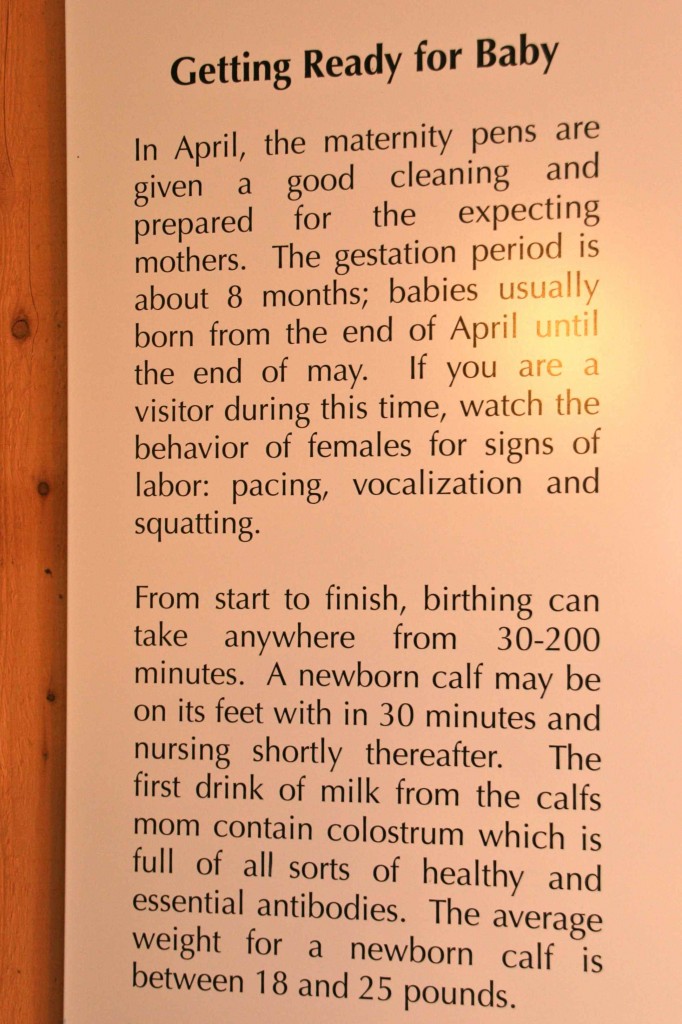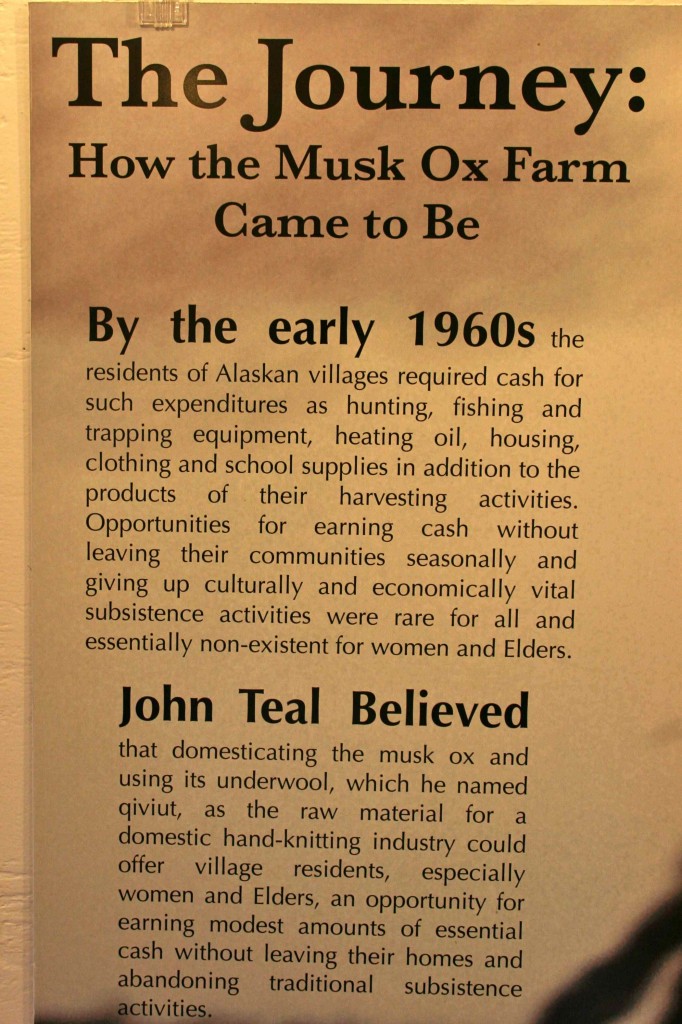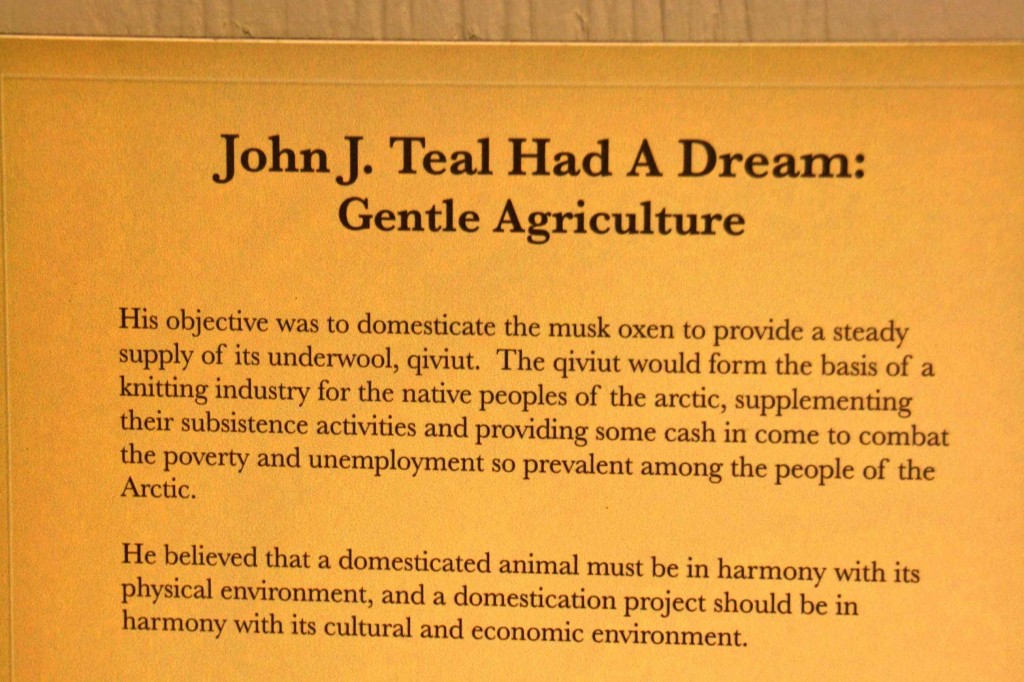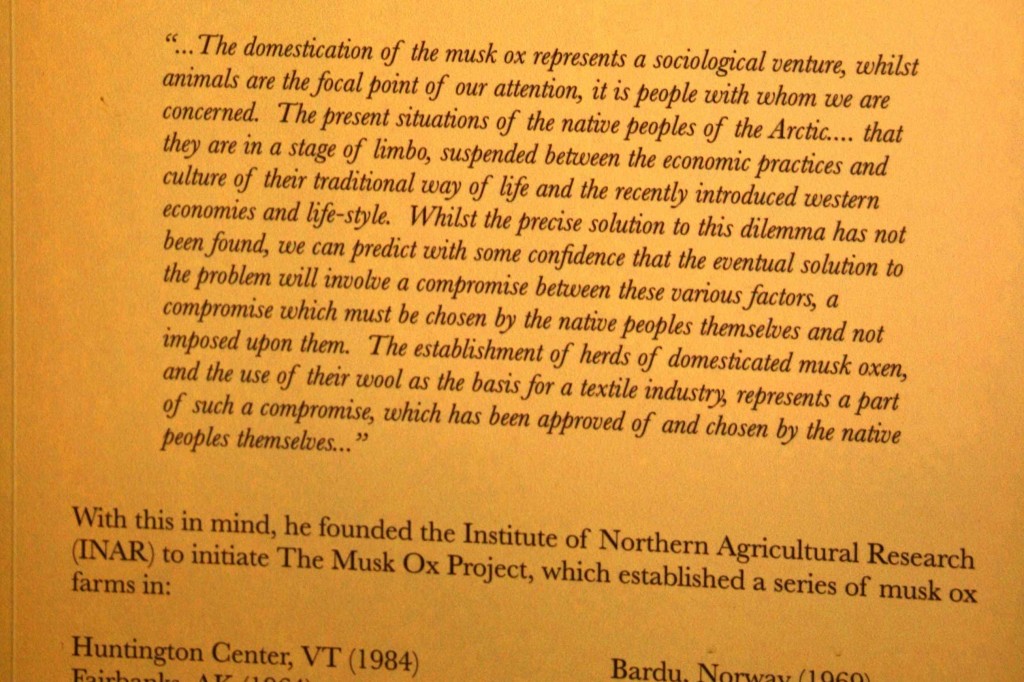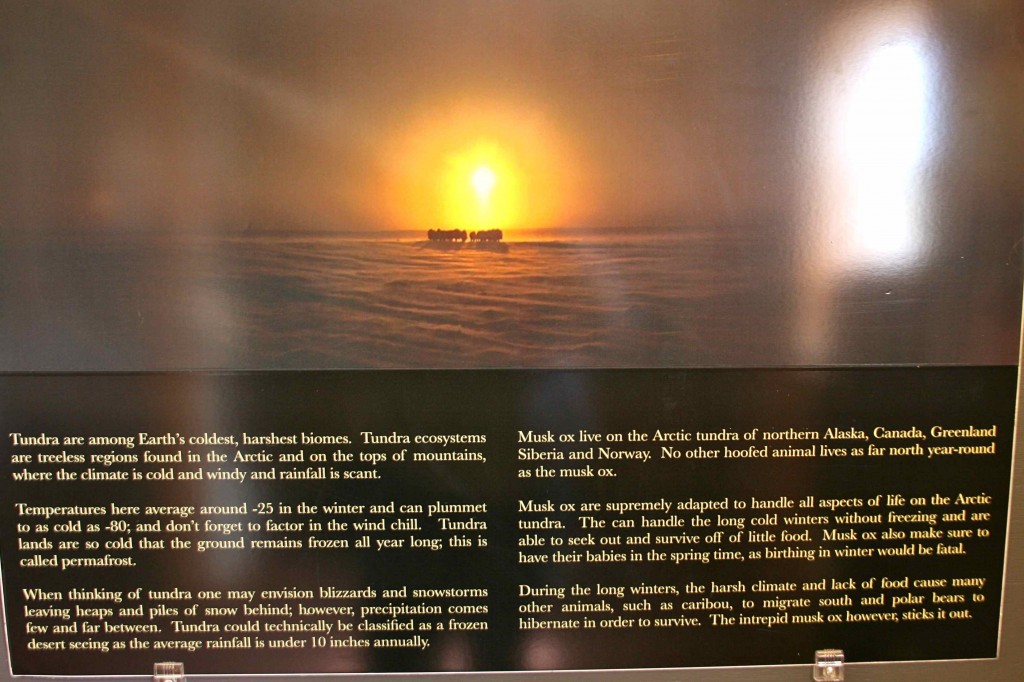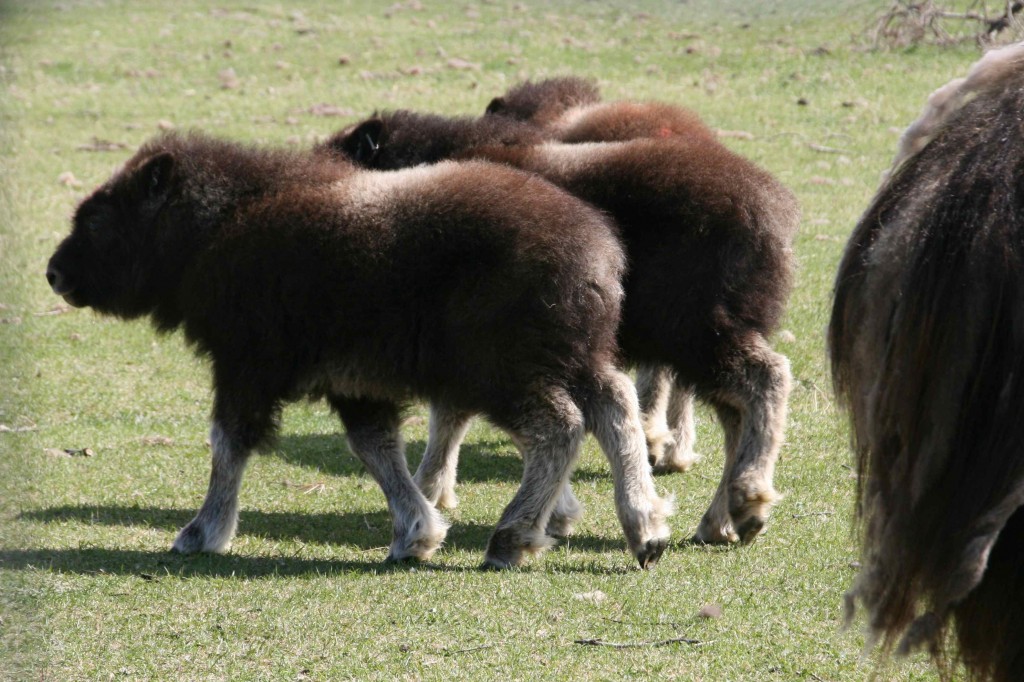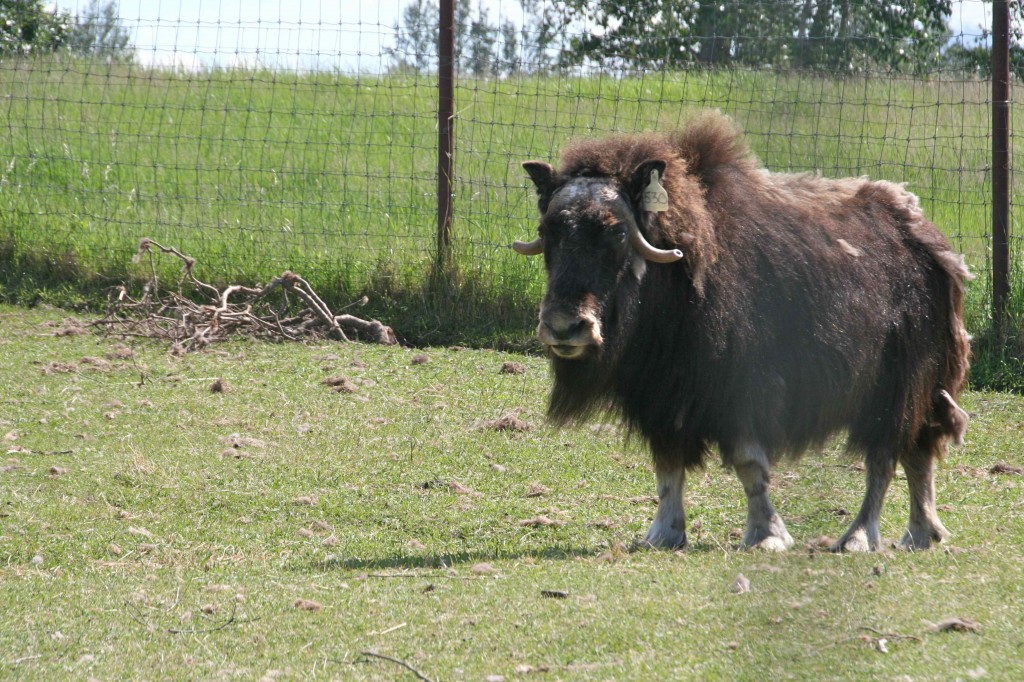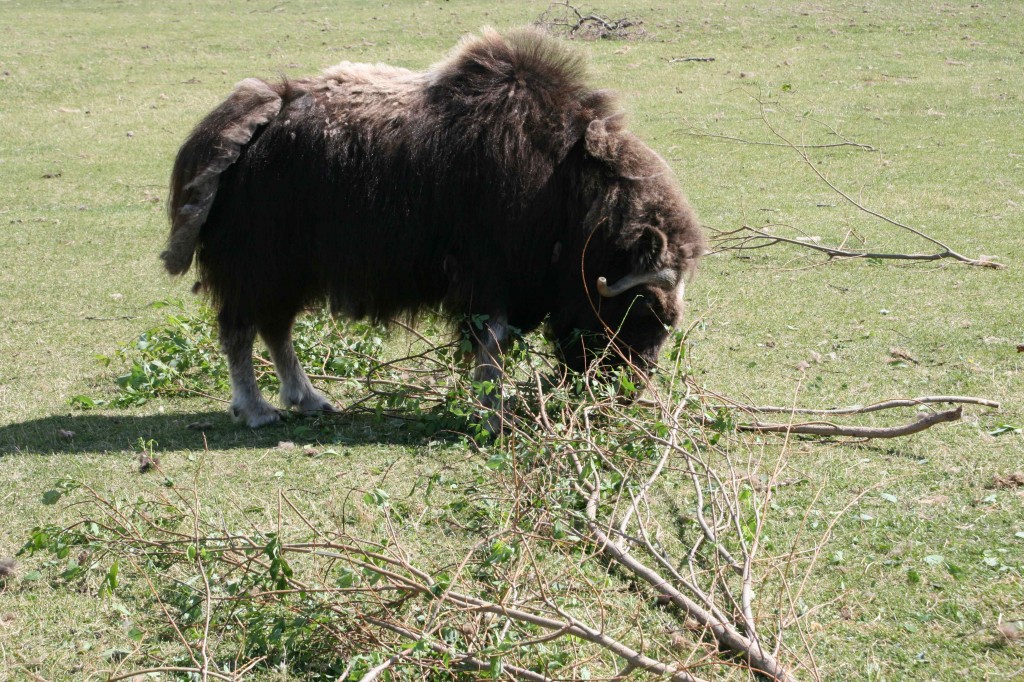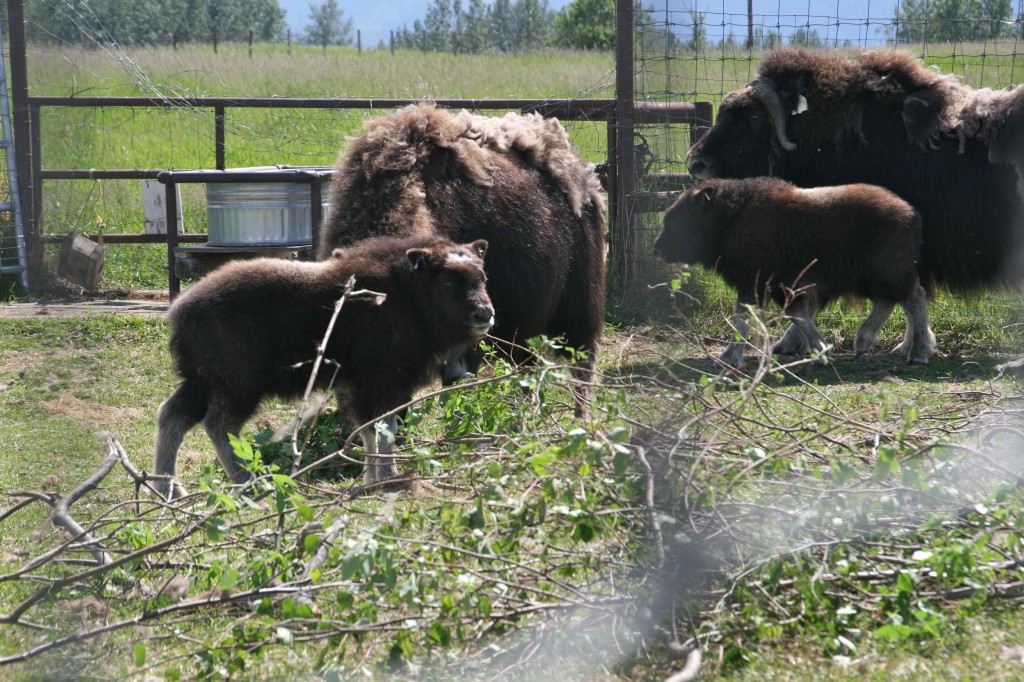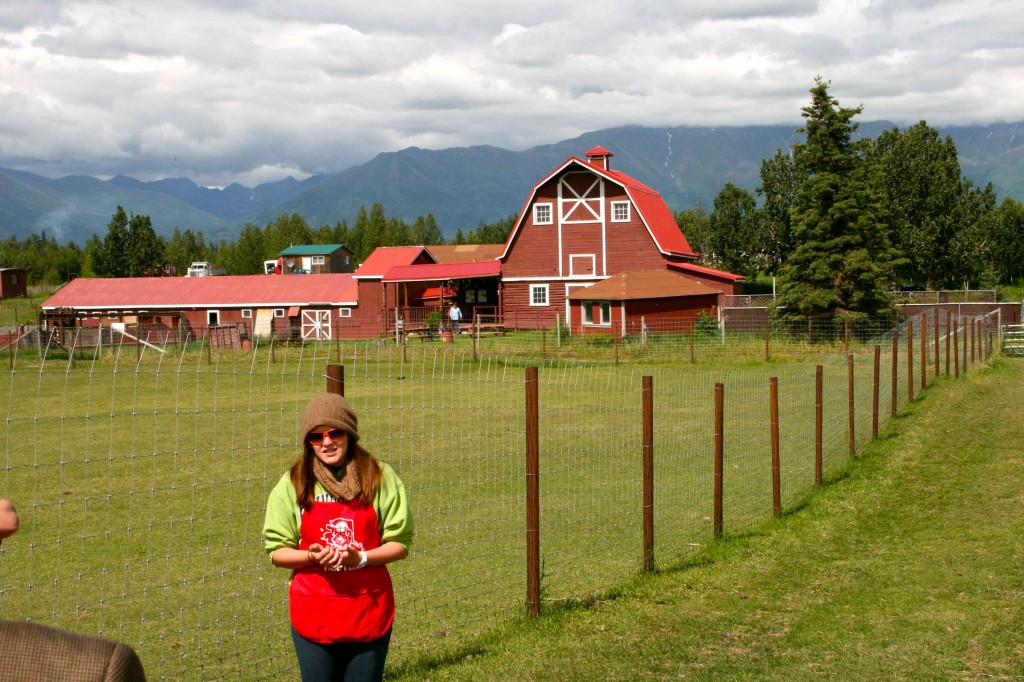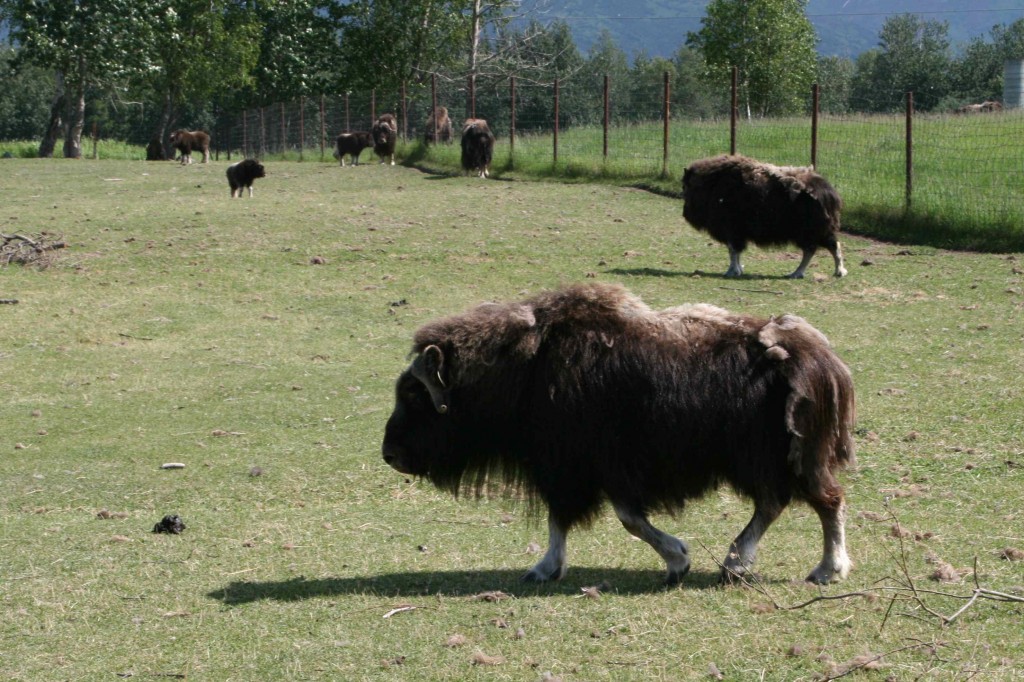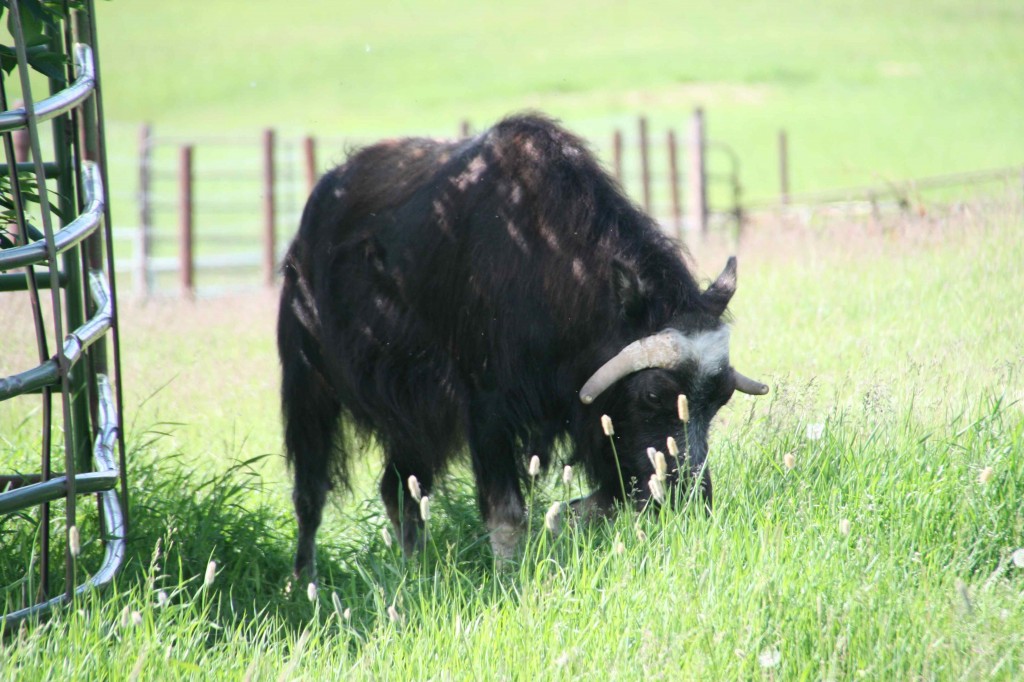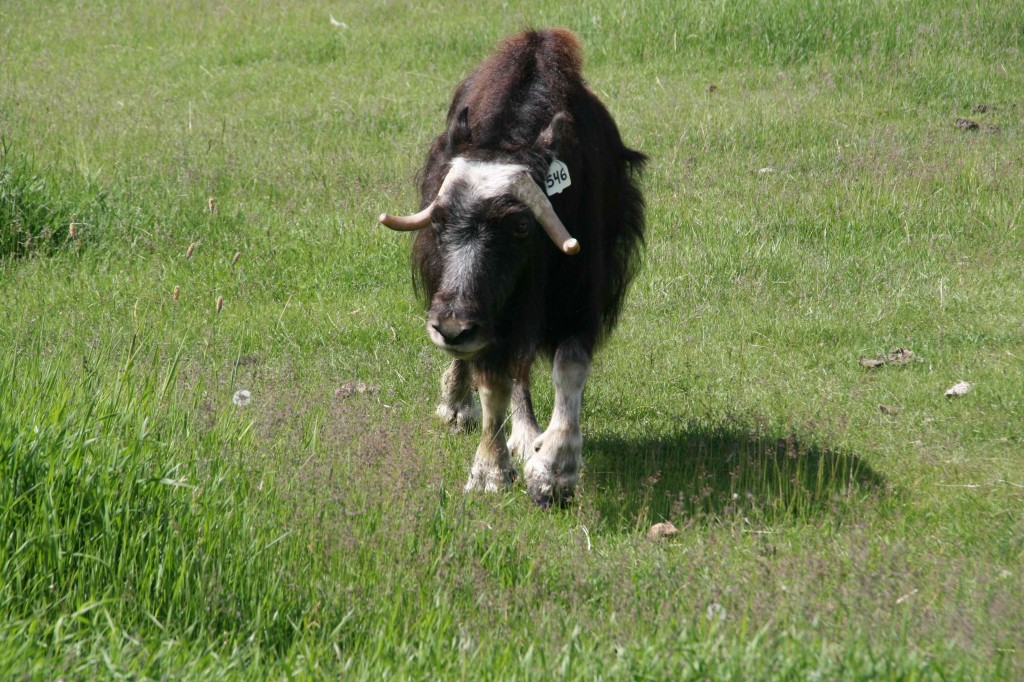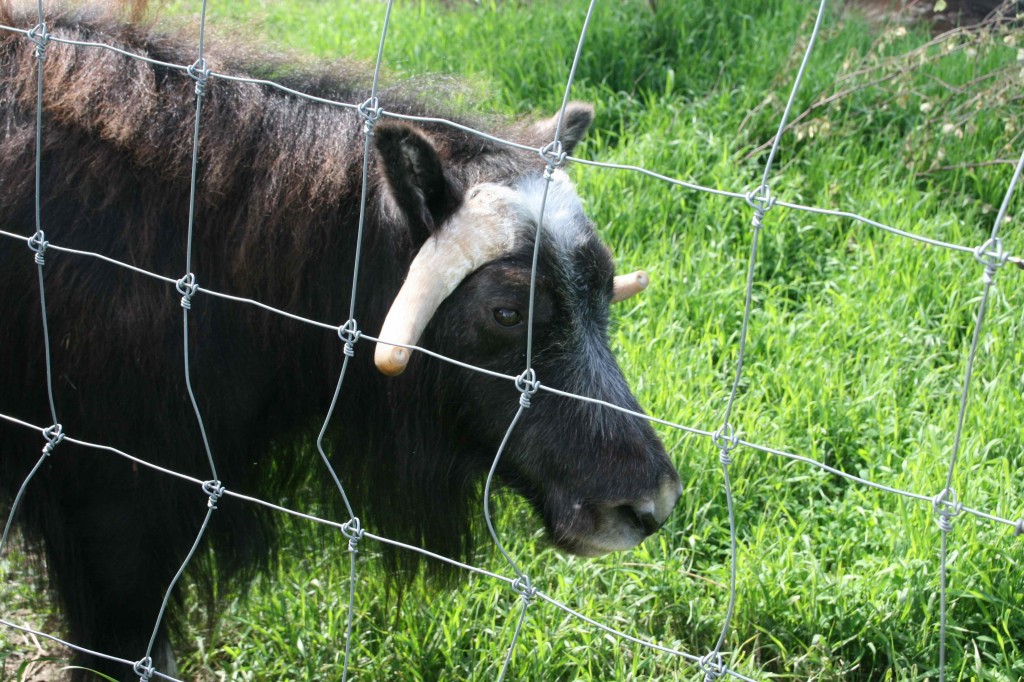Tuesday, June 28, we leave beautiful Valdez behind us and head north on the Richardson Highway to Glennallen where we turn west towards Anchorage. We have seen a lot of warnings along our way about “watch out for moose.” Today we need to watch out for moose!
This little lady was grazing beside the road until we came along. Fortunately we saw her in plenty of time to slow down and give her all the time she needed to cross the highway in front of us.
Once her decision was made to go, there was no turning back!
And there she goes! She certainly gave us an opportunity for some great pics.
We have had all kinds of weather today — sunny, cloudy, rainy — all at once or one at a time. It has been a real mixed bag. We have decided to stop at the Grand View Cafe and RV Campground. It sits about 100 miles east of Anchorage on the Glenn Highway near the Matanuska Glacier.
This place, as advertised, has some amazing views. One of their major sites is the unique mountain, Lion’s Head.
Use your imagination, and you can see the lion lying there with his head up.
The view across the valley is other worldly. The clouds lying on the mountain peaks on this rain-washed, sunny morning are absolutely stunning.
This site came equipped with water and electric only. We need to dump tanks before we leave. At the dump station we discovered this interesting policy. We are grateful that we have followed proper procedure. The fee is one thing, but double the poop back is not an option as far as I’m concerned!
This glacier differs greatly from the ones we have seen heretofore. the ice field is long and flat.
On closer inspection, it is also very deep.
Again we are looking at really jagged points of ice with deep crevasses between.
The Matanuska Glacier feeds the Matanuska River.
The Milepost has once again let us know about something of great interest. We can visit this musk ox farm. How cool is that!
The musk ox has been around for a long time. I am fascinated with these creatures that have survived since before recorded history, living in conditions that are basically uninhabitable to most species.
(Note: Remember to double click on the picture to enlarge and click on the back arrow on your browser to return to the blog.)
Pronounced Kiv-ee-oot.
This means that every musk ox is a financially viable animal. They will not need to be put down because of age. They won’t be killed for food. Each and every animal will be allowed to live out its natural life, barring any illness or injury that would make that a hardship on the animal.
The bulls have been a bit edgy for the last several days; so our guide will not be walking us down by their pasture. The likelihood that one might charge the fence is fairly great. They have a bull that, because of various reasons, will not be bred, but he wasn’t clipped before turning four. He gets a bit testy from time to time (can you blame him) and is easier to manage when strangers are not in his personal space.
This sounds like a very efficient process.
I like this man’s thinking.
It supposedly takes 200 years to domesticate a species. The musk ox farm is 50 years into the process. They have a way to go. Some of their animals are very tame and easy to work with. They even like to be around people. Others, not so much.
I really enjoyed this panel and wanted to present it in its entirety without breaking it into pieces.
(Note: Remember to double click on the picture to enlarge and click on the back arrow on your browser to return to the blog.)
Here are the real live babies. They are just too, too cute. What cuddly little fur balls. They already have their white saddle showing on their backs. This particular marking is on all musk ox. It is unclear as to why it is there. Some think it is to reflect back the sun to help keep them from overheating. Their hair is very light weight but has an incredible ability to block out the wind and cold. These animals can overheat very easily.
Shaggy, shaggy, shaggy. The folks at the farm do not comb the mamas that are nursing. The farm had a very good year this year — 13 calves. It is almost impossible to tell whether a musk ox is pregnant or not. They just have to wait and see what happens in May. This year the babies just kept coming.
The farm is in the process of weening calves. Half of the calves are in the weening barn and the other half are still with their mamas. We are hearing a lot of vocalizing from the mamas in the pasture and the babies in the barn. Once the process is complete the calves take on a personality of being all grown up and form their own herd. Why ween? It helps the domestication process along. It makes the calves more dependent on the human folks that are taking care of them.
Our guide was very knowledgeable and full of musk ox facts. She has on her quviut hat and neck warmer. They are both very soft, much lighter in weight than wool, and incredibly warm. She said that in the harshest winter wind, she doesn’t even feel the wind on her head or around her neck. The hats run around $79.00. Since the opportunity to wear it in Arizona would be nil to none, I passed on getting one.
These animals are cheaper to feed than cattle. Their stomachs are extremely efficient in getting all the nutrition out of every morsel. The tundra doesn’t have a huge supply of food for them. Since they are in a pasture, they have an abundance of food. In the winter, their food is supplemented with hay. That is somewhat expensive since most of it is imported from outside Alaska. The quantity they consume per animal is much less than for most livestock their size.
This female is the farm’s most people-oriented animal. She can be depended on to come over and greet any tour group. She likes a good scratch.
It is warm today; so she was a little reluctant to get up and move. It is just too hot to even think about overdoing it.
Once on her feet, she slowly starts moving in our direction.
Because they can overheat so easily, these animals will not run when it is warm without a very good cause. We certainly weren’t even a mediocre cause.
The water trough was on the way; so, of course, why not stop off for a drink to cool off. She even considered putting her feet in the water. They do that from time to time because it is cool. Remember she would normally be on the tundra much further north.
She feels very, very soft but solid under all that hair. Mind you, I am very comfortable in my hoodie; so hot is perhaps a bit cooler temperature for a musk ox than for a human.
I’m not the only one who thinks these animals are really interesting.
This is where we say goodbye. She can go lay down until the next tour comes out in an hour. She does have a pretty demanding schedule, don’t you think.
From here it is just a short hop on to Anchorage. Life is warm and fuzzy and good.
